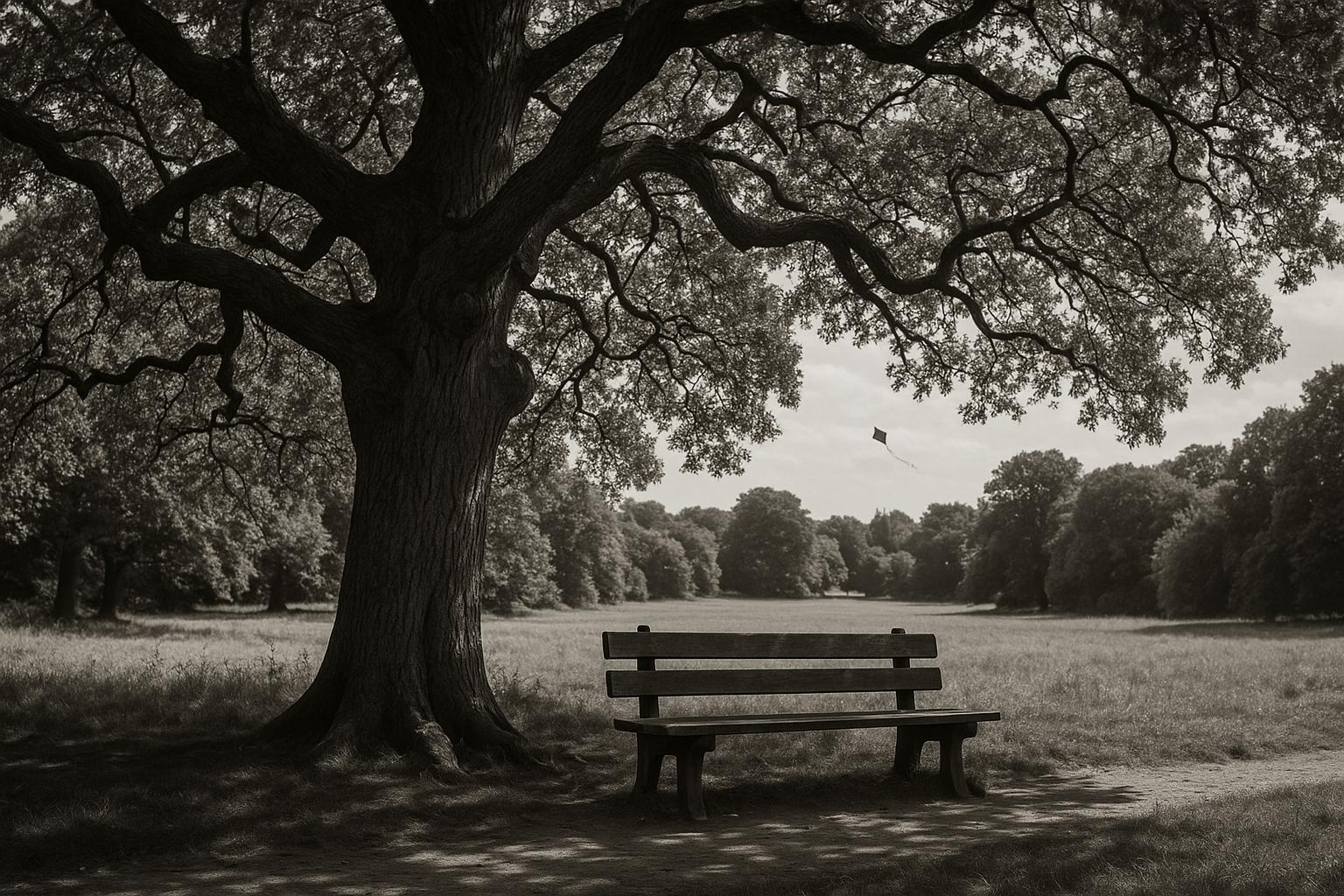I have long returned, repeatedly and for stretches of months at a time, to London’s parks, and those visits have shaped how I remember the city. Writing from the vantage of many summers and roughly three to four full years spent there over the past eight decades, the author recalls a particular intimacy with Hampstead Heath and Regent’s Park: large, carefully tended green lungs that feel both cultivated and generous. He is candid about the limits of that familiarity, however, noting he has seldom walked parks in London’s lower‑income neighbourhoods and so deliberately avoids generalising about the city’s entire network of green spaces.
That caution about generalisation sits alongside an observation about how parks are paid for and managed. The author describes London’s green places as supported by a mix of local authority budgets, government grants, charitable bodies and private donations. By contrast, Central Park in New York is an instructive example of a different model: the Central Park Conservancy, a private non‑profit, manages the park under contract with the city and raises much of its multi‑million dollar operating budget through donations and an endowment, a stewardship arrangement the Conservancy itself describes as a public–private partnership. Meanwhile, New York City’s Department of Parks & Recreation remains the mayoral agency entrusted with a far broader portfolio of open space across the five boroughs.
Those institutional differences help explain some of the sensory contrasts the author highlights. He notes that London’s share of green space — including parks, gardens and private green areas — is often said to be roughly half the city’s area, whereas New York City’s public green space is commonly cited at around 14 per cent of its land. That greater proportion in London, coupled with the city’s wealth of smaller squares and neighbourhood gardens, means its green spaces are generally more evenly distributed and, in the author’s experience, less prone to the weekend crowding seen in Central Park or Washington Square Park.
The character of central London’s royal parks is described vividly in the recollection and confirmed by the park authorities. St James’s Park, tightly hemmed by Buckingham Palace and the seat of ceremonial London, is famous for its pelicans — birds first recorded there after a sixteenth‑century gift and still routinely fed on the central lake — which Royal Parks says are a long‑standing and much‑loved attraction. Green Park is compact and quietly formal, a green carpet between Buckingham Palace and Hyde Park that Royal Parks describes as a place for swift, restorative retreats. Hyde Park, the largest of the royal parks, contains lakes, memorials and the long‑running tradition of Speaker’s Corner, while bordering Kensington Gardens, where the Serpentine Galleries stage free contemporary art exhibitions and an annual architectural pavilion that brings a seasonal burst of cultural life to the lawns.
Hampstead Heath, the park the author knows best, receives a particularly detailed and affectionate portrait. He recalls walking from Parliament Hill — the Heath’s high point where kites are flown — through wild woodlands and flowered meadows to Kenwood House on the northern edge, with its old‑master pictures and tended garden displays. Those impressions are matched by official descriptions: the City of London Corporation, which manages the Heath, describes it as a vast, varied space of woodlands, meadows, ponds and recreational facilities including bathing ponds, a lido, cricket grounds and running tracks spread across roughly 320 hectares (some 790–800 acres).
Putting these pieces together suggests two linked truths. First, governance shapes experience: where parks benefit from a dedicated, well‑resourced steward — whether public, private or a hybrid — maintenance, programming and restoration are easier to sustain. The Conservancy points to its fundraising model and governance documents as the reason Central Park can support a large, professionally retained ground team and capital programme; New York’s municipal parks department, for its part, emphasises the scale and diversity of the public estate it runs across the whole city. Second, supply and distribution matter: London’s mosaic of large commons, royal parks and countless smaller squares creates a sense of openness and frequent access that the author finds distinct from his memories of New York’s denser, intensely used central parks.
The recollection is at once personal and circumspect. The author’s strongest memories are of particular places and seasons — the Heath’s mixture of the untamed and the managed, the quiet of Green Park’s avenues, the cultural pulse of the Serpentine — and he repeatedly acknowledges the limits of a life spent mostly in particular neighbourhoods. He does not claim that every green patch in London enjoys the same attention; rather, his piece reads as an invitation to appreciate the city’s variety and to recognise the real differences that funding, history and local governance make to how parks feel and function.
For anyone curious to explore further, the official pages for Royal Parks and the City of London set out the histories and practical details of the royal parks, the Serpentine Galleries and Hampstead Heath; the Central Park Conservancy and New York City Parks similarly publish governance, budgetary and stewardship information that helps explain why different cities’ parks work the way they do. Together, they underline the simple but stubborn truth in the author’s memories: well‑managed green space can feel like a private escape even when it is open to everyone.
📌 Reference Map:
##Reference Map:
- Paragraph 1 – [1]
- Paragraph 2 – [1], [5], [6]
- Paragraph 3 – [1], [6]
- Paragraph 4 – [1], [2], [3], [4]
- Paragraph 5 – [1], [7]
- Paragraph 6 – [5], [6], [1]
- Paragraph 7 – [1], [7]
- Paragraph 8 – [2], [3], [4], [5], [7]
Source: Noah Wire Services
